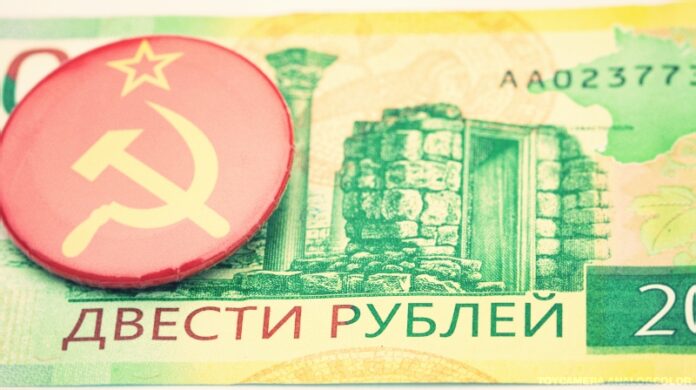Russian currency is a historical concept that refers to the monetary units used in Russia before the advent of the Russian ruble. In different historical periods, different monetary systems and currencies existed in Russia.
The history of the Russian ruble is the history of the development of the Russian economy and financial system. Each stage of its history reflects changes in the life of the country and its population. It is important to remember that the ruble is not just a symbol of wealth or purchasing power, but also a reflection of the history of a nation.
One of the first Russian currencies was the Old Russian kryvennik, which was used from the 11th to the 14th centuries. The ten-kopeck coin was a silver coin and had its own standard weight and silver content. It was widespread in Kievan Rus and the Grand Duchy of Moscow.
Over time, the Russian currency went through various changes and reforms. In the 17th century, the ruble began to be actively used as a monetary unit in Russia. The ruble was introduced as a standard coin and became the main monetary unit of the Russian state.
In the 19th century, monetary reform was carried out, as a result of which the gold standard system was introduced. The Russian ruble was pegged to gold, which ensured its stability and reliability. However, after the 1917 revolution and the Civil War, the stability of the Russian currency was disrupted.
The Soviet government redenominated the ruble and issued new banknotes. After the collapse of the Soviet Union and the creation of the new Russian Federation in 1991, the Russian currency was replaced by the Russian ruble.
Since the beginning of the 21st century, the ruble has fluctuated repeatedly due to various economic crises and global financial turmoil. In particular, the exchange rate of the ruble against foreign currencies fluctuated greatly due to instability in world markets.
Today, the Russian ruble continues to be the official currency of the country, and its exchange rate against other currencies depends on many factors, including the political situation, economic stability and global trends.




